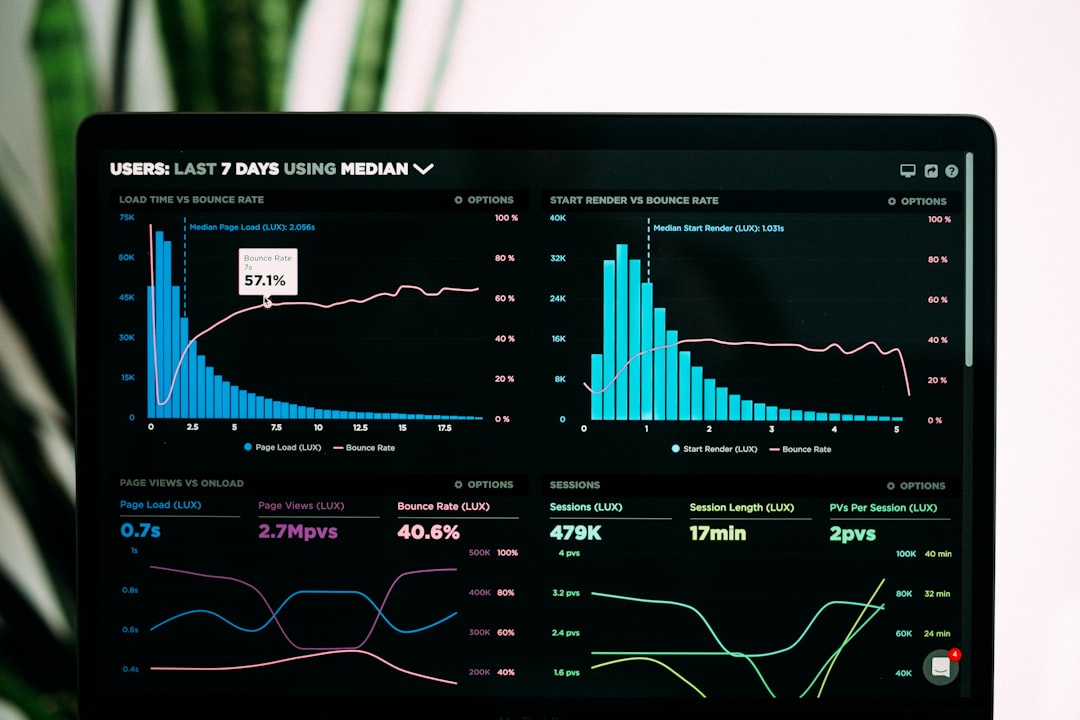Amazon Attribution Tool Step by Step Tutorial
For sellers and marketers seeking to improve their Amazon advertising ROI, the Amazon Attribution Tool provides a robust solution to gain visibility into how non-Amazon marketing channels drive sales on Amazon. This free tool gives users data that was previously a black box—what happens when a shopper clicks your Google ad, Instagram story, or email newsletter and ends up purchasing from your Amazon listing.
This step-by-step tutorial will guide users through the process of setting up and using the Amazon Attribution Tool effectively.
What is Amazon Attribution?
Amazon Attribution is an advertising and analytics measurement solution offered by Amazon to registered brand sellers. It helps in measuring the impact of external advertising campaigns that drive traffic to Amazon product listings.
With this tool, sellers can now track behavior from various platforms such as:
- Google Ads
- Facebook & Instagram
- Email marketing
- Blog posts
- Native advertising networks
Step-by-Step Guide to Using Amazon Attribution
Step 1: Eligibility and Registration
Before diving in, make sure you’re eligible. Currently, the Amazon Attribution Tool is available for:
- Vendors and Professional Sellers enrolled in Amazon Brand Registry
- Agencies managing accounts on behalf of eligible brands
To register, visit advertising.amazon.com and log in to your Amazon Advertising account. If you’re eligible, you can request access to Amazon Attribution within the console.
Step 2: Creating an Attribution Tag
Once in the tool, you’ll need to create attribution tags for specific campaigns. Here’s how:
- Navigate to the “Amazon Attribution” dashboard.
- Select “Create campaign.”
- Choose the advertiser and name your campaign for easy identification.
- Under ‘Products’, choose the ASINs you want to track.
- Select the channel for your ad (e.g., Email, Display, Social).
- Enter the destination URL, typically your Amazon product page.
- Click “Create” to generate your Amazon Attribution tracking tag.
[ai-img]amazon attribution interface, dashboard, seller central[/ai-img]
Step 3: Embedding the Tag in External Campaigns
After generating the URL, you’ll embed this tag into your external marketing platform. For instance:
- On Google Ads, insert the tag into the final URL section of your ad
- In emails, use it as the hyperlink tied to your call-to-action
- On social media, use it as the swipe-up link or in bio
Each tag is unique and tracks the performance of that marketing channel and ad in real-time.
Step 4: Monitoring and Optimizing Campaigns
This is where the tool shines. Navigate back to the Attribution Tool to review metrics such as:
- Click-throughs – Number of sessions originated from the ad
- Detail Page Views – Views of your Amazon product detail page
- Add to Carts – Shoppers who added products to their Amazon cart
- Purchases – Orders made after ad interaction
[ai-img]metrics dashboard, analytics, amazon attribution[/ai-img]
Use this data to optimize your external strategies. For example, if Facebook ads show strong add-to-cart performance but low conversions, consider improving your Amazon listing or creating a better product bundle.
Step 5: Scaling Successful Campaigns
Once you identify high-performing channels, allocate more budget there. Create new attribution tags for variations of successful campaigns or A/B test different creatives, copy, or targeting criteria to continually refine your ROI.
Why Should You Use Amazon Attribution?
Amazon Attribution bridges the gap between off-Amazon marketing and Amazon conversions. By understanding what drives conversions, marketers can make data-backed decisions, improve ROI, and offer a more seamless customer journey.
Frequently Asked Questions
-
Q: Is Amazon Attribution free to use?
A: Yes, it is free for brand-registered sellers and vendors. -
Q: Can I use Amazon Attribution if I’m not enrolled in Brand Registry?
A: No, you must be a registered brand owner to access the tool. -
Q: How long does it take for data to appear?
A: Data typically appears within 48 to 72 hours of a click. -
Q: Can I use the same attribution link for multiple campaigns?
A: It’s best to generate separate links for each campaign to track performance more accurately. -
Q: Does Amazon Attribution support all ad platforms?
A: It supports most platforms including Google, Facebook, Instagram, Pinterest, email, and more.
The Amazon Attribution Tool has become essential for brands wanting to leverage external traffic sources to boost Amazon sales. When used correctly, it empowers sellers to make smarter decisions and maximize their marketing efforts across all channels.







